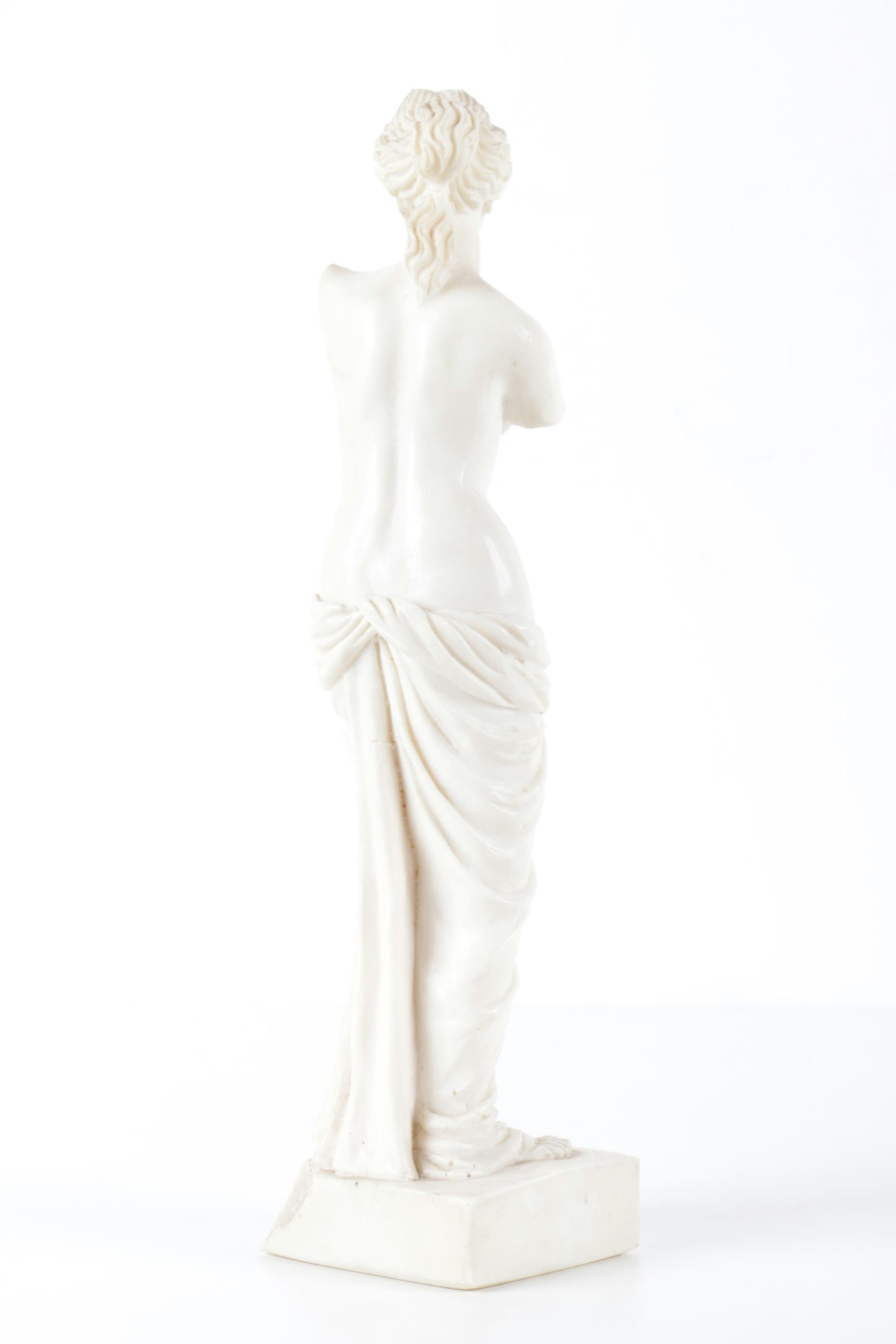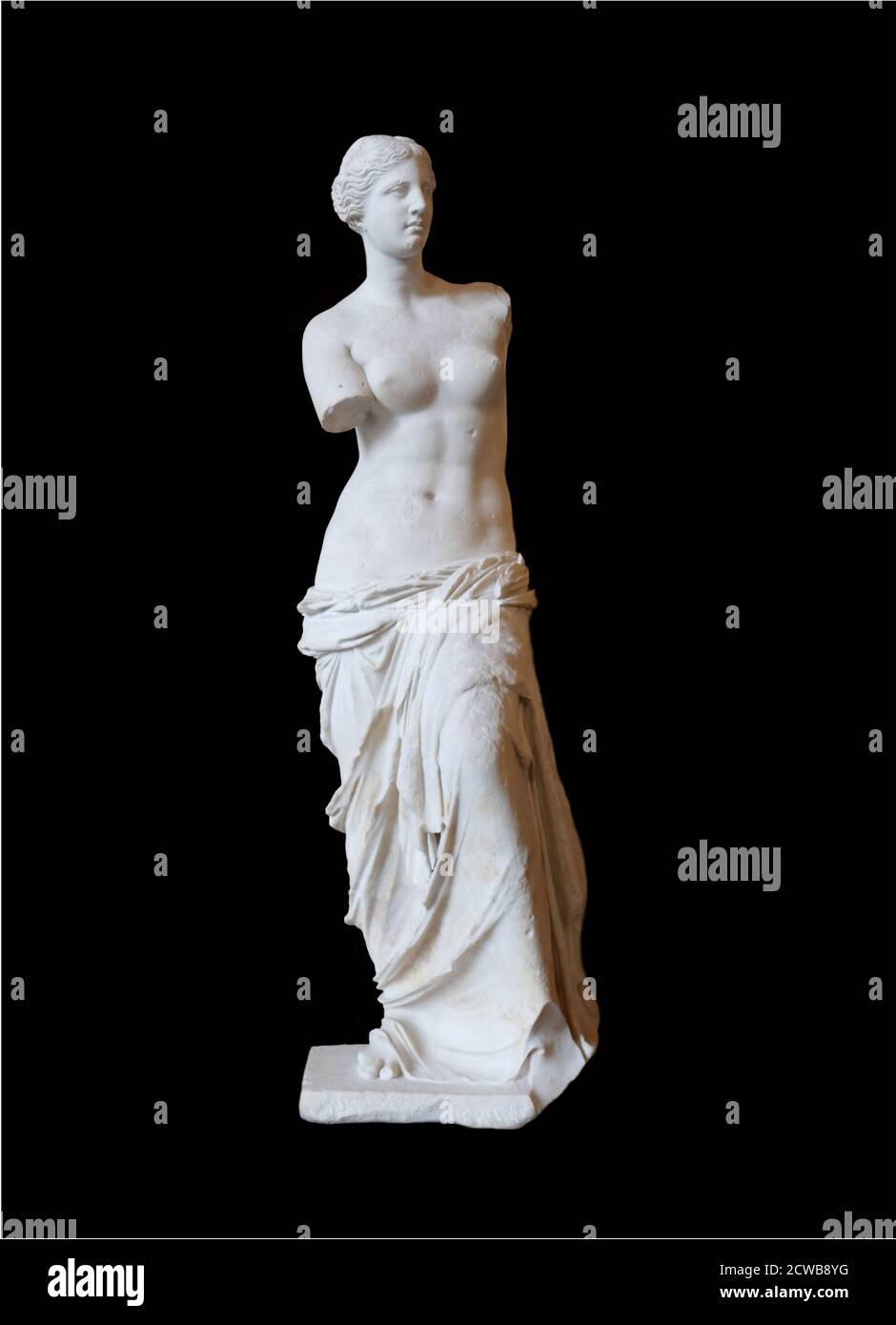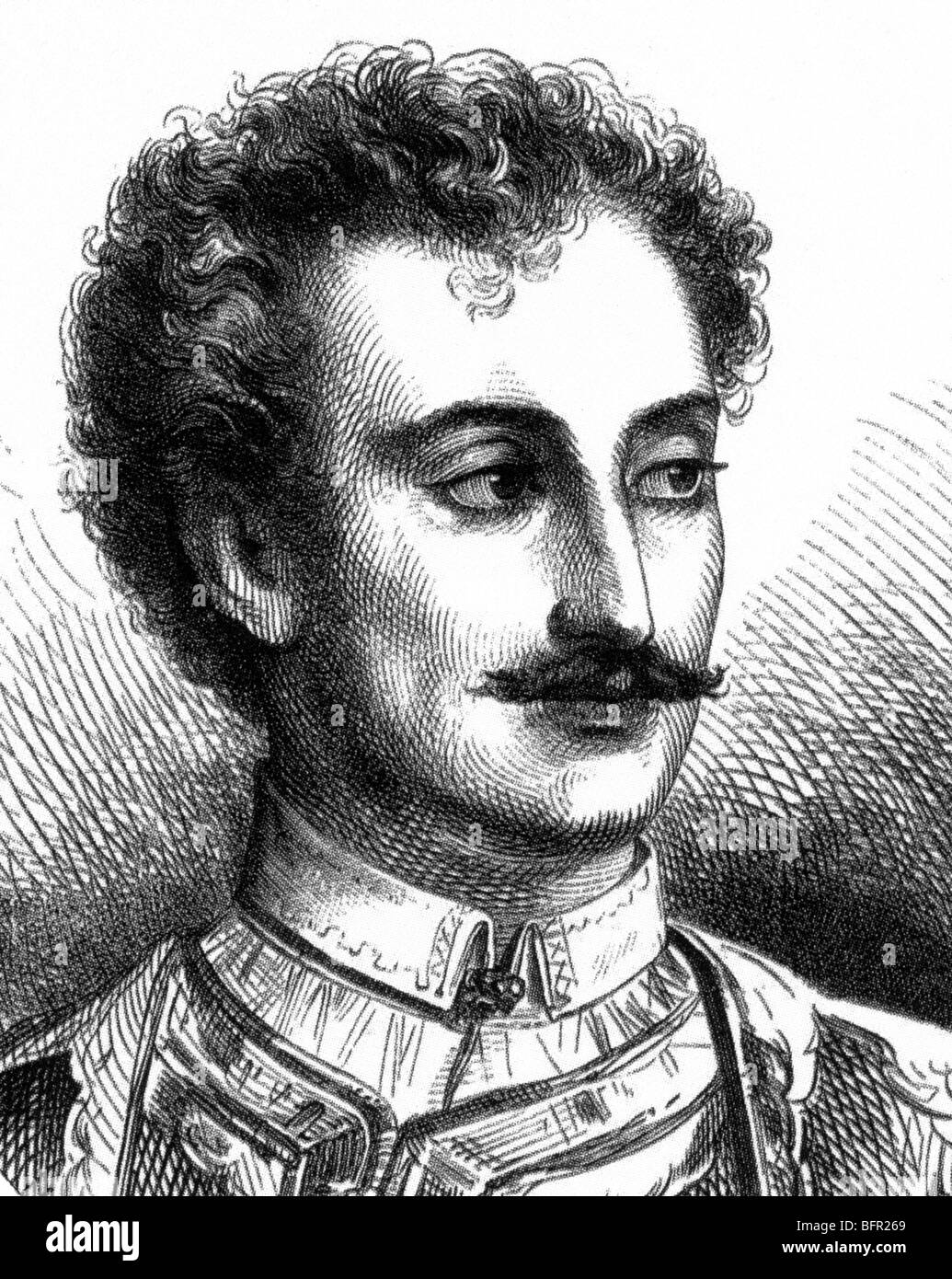alexandros of antioch

"Venus de Milo" (detail). Alexandros of Antioch, 130100 BC. Venus art, Venus de milo
Alexandros of Antioch is credited with the statue's creation. Drawing of 'Venus de Milo' on its lost plinth. / Wikimedia Commons // Public Domain A sculptor of the Hellenistic period,.

Venus de Milo by Alexandros of Antioch. Art work by Nathan Sawaya all made from LEGO bricks
On the basis of a now-lost inscription found near the sculpture, it has been attributed to Alexandros from Antioch on the Maeander, though the name on the inscription is uncertain and its connection to the Venus is disputed. The original pose of the sculpture is unknown.

Alexandros of Antioch, Venus de Milo, c. 130100 bc, marble, Louvre... Download Scientific Diagram
It was carved from marble by Alexandros, a sculptor of Antioch on the Maeander River about 150 BCE. It was found in pieces on the Aegean island of Melos on April 8, 1820, and was subsequently presented to Louis XVIII (who then donated it to the Louvre in 1821). Though it was reconstructed to a standing posture, the statue's arms were never found.
Virginia's Life, Such As It Is! A Little Louvre Love (Europe 19)
Alexandros of Antioch (2nd - 1st century BC) was a Greek sculptor of the Hellenistic period. His style is characterized by its naturalism, as exemplified in the famous Venus de Milo. He is believed to have been a pupil of the renowned sculptor Praxiteles. Alexandros was born in the city of Antioch in Asia Minor (modern Turkey).

Alexandros of antioch venus de milo gertysun
Alexandros of Antioch (Modern Greek: Ἀλέξανδρος) (1st - 1st century BC) was a Greek sculptor of the Hellenistic period. He was born in August Biography of Alexandros of Antioch Son of a certain Menides, Alexandros is best known as the sculptor of the Venus de Milo which is in the Louvre Museum in Paris.

Venus de Milo Sculpture by Alexandros of Antioch in 2022 Ancient sculpture, Statue, Ancient
Alexandros of Antioch ( Greek: Ἀλέξανδρος) (2nd - 1st century BC) was a Greek sculptor of the Hellenistic age. He is thought to be the sculptor of the famous Venus de Milo statue. Life Alexandros appears to have been a wandering artist who worked on commission.

Big Apple Secrets Venus de Milo. Alexandros of Antioch,Dine and Dali.
It was carved from marble by Alexandros, a sculptor of Antioch on the Maeander River about 150 bce. It was found in pieces on the Aegean island of Melos on April 8, 1820, and was subsequently presented to Louis XVIII (who then donated it to the Louvre in 1821). Though it was reconstructed to a standing posture, the statue's arms were never found.

Marble sculpture known as the Venus de Milo by Alexandros of Antioch. Alexandros of Antioch a
Venus de Milo Domenico Brucciani (1815-1880) and Alexandros of Antioch (copy of) Venus de Milo University of Edinburgh Supported by Arts Council; Our Funders ® is a registered trade mark of the Public Catalogue Foundation. Art UK is the operating name of the Public Catalogue Foundation, a charity registered in England and Wales (1096185) and.

Alexandros of antioch venus de milo mainportable
Alexandros of Antioch. Scan The World London. Venus (Aphrodite) is the goddess of love. She was depicted in the nude or in various stages of nudity (and painted). The figure is executed in the Hellenistic style and famed for its sensuous appearance. It supposedly lost its arms in a struggle arising between two groups of soldiers who sought to.

Resin Reproduction Sculpture after Alexandros of Antioch's Venus de Milo EBTH
N/A More about Alexandros of Antioch Name Alexandros Speciality Sculptor View all Works by Alexandros of Antioch Venus de Milo Maura Wilson Contributor Alexandros of Antioch may or may not have been tall, dark, or handsome, but this man of mystery certainly had talent

Marble sculpture known as the Venus de Milo by Alexandros of Antioch. Alexandros of Antioch a
Alexandros of Antioch was a sculptor of the Hellenistic period. He is widely believed to have created one of the most famous classical sculptures, the Venus de Milo statue. Alexandros was known to work as a wandering artist on commission, although little else is known about his life.

alexandros of antioch
Alexandros Of Antioch In the beginning it was attributed to sculptor Praxiteles but, based on a inscription placed on his base, it is now thought to be Alexandro of Antioch's work. The Venus de Milo is an old Greek statue, one of the most famous works of an ancient Greek sculpture.

Big Apple Secrets Venus de Milo. Alexandros of Antioch,Dine and Dali.
Produced in the Hellenistic art period, the Venus de Milo sculpture is believed to have been created by Alexandros of Antioch between the years 150 BC and 125 BC. The famous statue without arms is thought to portray Venus in Rome, or Aphrodite, as she is known in Greece. Others believe it is a representation of Amphitrite, the sea goddess.

Free Images venus de milo, goddess of love, antique, roman, sculpture, louvre museum, art
Alexandros of Antioch was an otherwise unknown artist of the Hellenistic age who is most well known today for the Venus de Milo (Aphrodite of Milos) at the Louvre Museum in Paris, France.He is known from several ancient inscriptions including one from a now missing plinth that was a part of the Venus de Milo but was removed and "lost" due to museum politics and national pride at the Louvre.

Venus de Milo on display at the Louvre. Artist, Alexandros of Antioch Venus de milo, Antioch
Alexandros of Antioch, a Greek sculptor of the Hellenistic period, is believed to have sculpted the famous statue of the Venus de Millo found on the Greek island of Melos in 1820. A base found near the statue bore the inscription 'Alexandros, son of Menides, citizen of Antioch of Meander made the statue'. Profile Born: fl. ca. 150 BC Gender: Male

PPT Gardner’s Art Through the Ages, 13e PowerPoint Presentation, free download ID5323811
Alexandros of Antioch Summary; Artworks. Venus de Milo Domenico Brucciani (1815-1880) and Alexandros of Antioch (copy of) University of Edinburgh. Find out more. Biography on Wikipedia. Do you know someone who would love this resource? Tell them about it.